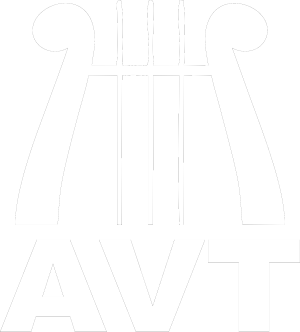 How many voice teachers have you had? Two? Twelve? Twenty?
How many voice teachers have you had? Two? Twelve? Twenty?
Why is it so difficult to find that one person who’s going to help you find IT, whatever IT might be? You always hear singers talk about IT as if there is a magical formula or elixer that will result in beautiful, effortless singing tones. Maybe the problem is that too many singers are enrolled in the Mystery School of Singing. That’s when you leave a voice lesson thinking you’ve found IT because a certain image or sensation worked on that day in that piece on that note, only to get home and find that IT has eluded you once again.
When I was in music school, there was no such thing as a vocal pedagogy course. I had to look that word up to learn what it meant! Now, with the research that has been done on the singing voice, the physiological mechanics and acoustics can be observed, measured, quantified, and certainly de-mystified. So why are there still so many teachers teaching by the Mystery Method? Number 1, they think scientific information will confuse the student; number 2, they think science in the voice lesson will interfere with the art of singing; number 3 and worst of all, they don’t want to admit there’s a lot they don’t know.
My own experiences as a student in the Mystery School of Singing was very disappointing. My teachers (and there were far too many!), were charismatic personalities who relied solely on imagery, or asked me to mimic their sounds. They never verbalized exactly what I needed to do to produce the voice, so there was nothing tangible for me to retain. The result was confusion, a technique that was hit or miss, and a prolonged period of wandering from teacher to teacher searching for IT. Eventually, sad to say, a promising career was cut short.
I learned the hard way that to survive the rigors of a professional singing career, natural-born talent is not enough, especially once you reach your thirties. You need a solid technique, including detailed understanding of how the voice functions. So when a teacher says, “Well, dear, just think of an elephant’s trunk extending out front while his ears flap back at the same time,” you might want to ask just precisely what that means in terms of physical adjustment. The image, even if it works at the moment, is simply not enough information. A more thorough teacher would amplify the image by explaining, “you create room in your pharynx through a yawning sensation, which lowers the larynx and stretches the soft palate, while at the same time, enjoy the sensation of resonance in the front of your face as you project your singing sound out to the audience.”
As for breathing, instead of the endless debates about belly-in versus belly-out technique, more voice teachers should be acquainted with the scientific studies showing that different body types use different breathing mechanics. Asking you to fill a balloon around your middle may be helpful at times, but there’s much more to singers’ breathing than that.
All singers should seek a teacher who knows the anatomy, physiology, and acoustics of the singing voice, and is current on vocal health issues. Unless voice students demand that teachers be properly equipped with such knowledge, the Mystery School of Singing will continue to claim undeserving victims. My own experiences drove me to spearhead the creation of NYSTA’s Professional Development Program (PDP) four years ago, so that the necessary information could be available to anyone seeking it. Please join me and the 140 others who have taken PDP courses in blowing away the smoke and mirrors forever!
By: Janet Pranschke
Founder, Professional Development Program
New York Singing Teachers Association
